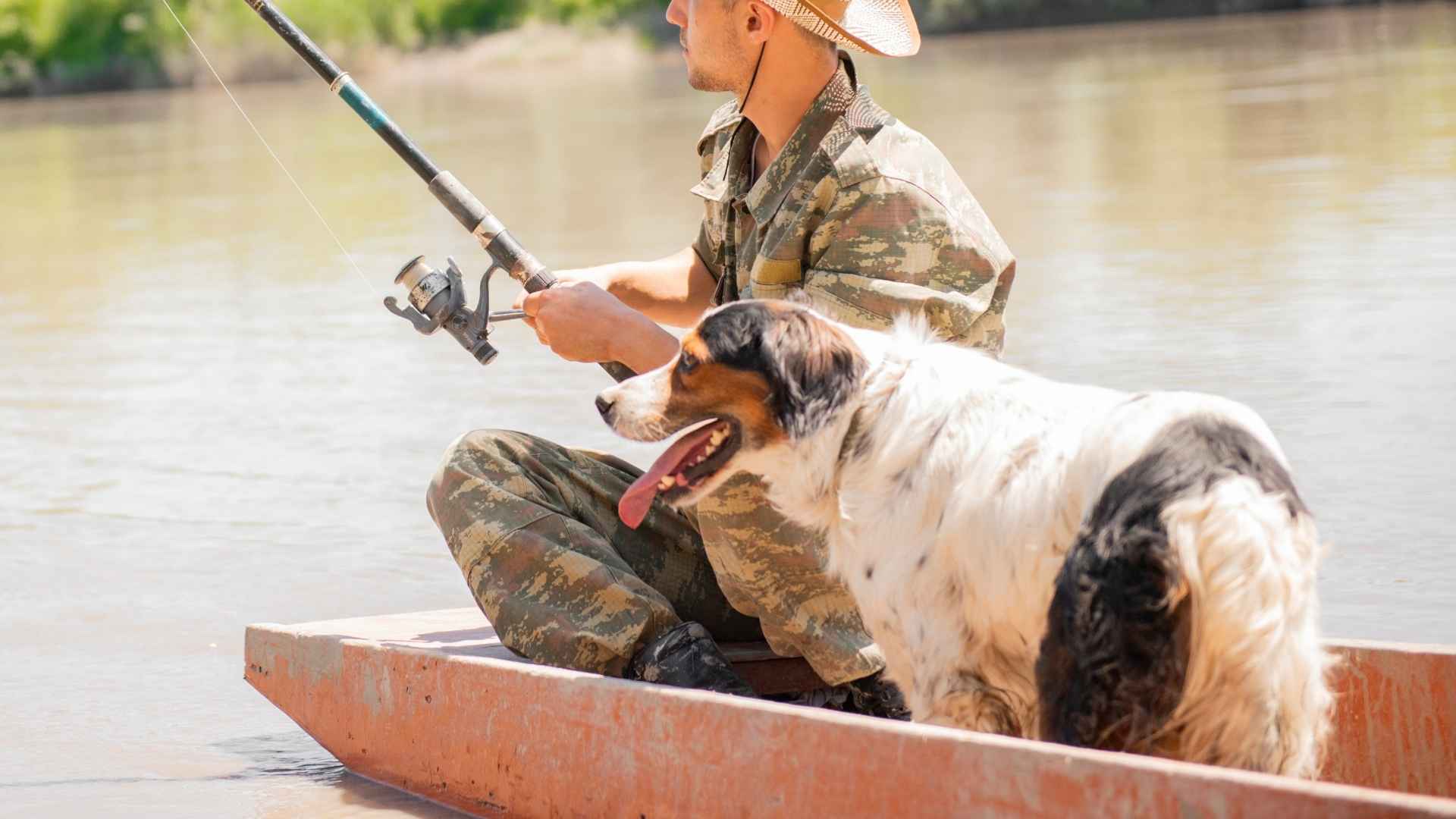Dogs have long been valued for their loyalty, intelligence, and protective instincts, but some go beyond guarding homes or herding flocks. Along riverbanks and fishing spots, certain breeds have earned a reputation for keeping a watchful eye on valuable fishing gear.
Whether it’s warding off curious wildlife, deterring would-be thieves, or simply standing guard while you cast a line, these dogs bring an extra layer of security and companionship to anglers who spend long hours near the water.
What makes these dogs unique is their combination of sharp instincts and level-headed temperaments. They’re not just fierce protectors—they’re calm, steady, and able to distinguish between real threats and harmless passersby. With the right training, they can safeguard your rods, tackle boxes, and even your freshly caught fish, all while enjoying the riverside environment by your side.
In this article, we’ll explore the top breeds known for this specialized role. From strong, vigilant guardians to versatile working dogs that thrive outdoors, these breeds prove that the best fishing companions aren’t always on two legs—they might just have four paws and a wagging tail.
Dog Breeds That Guard Fishing Gear Near Rivers
1. Bullmastiff
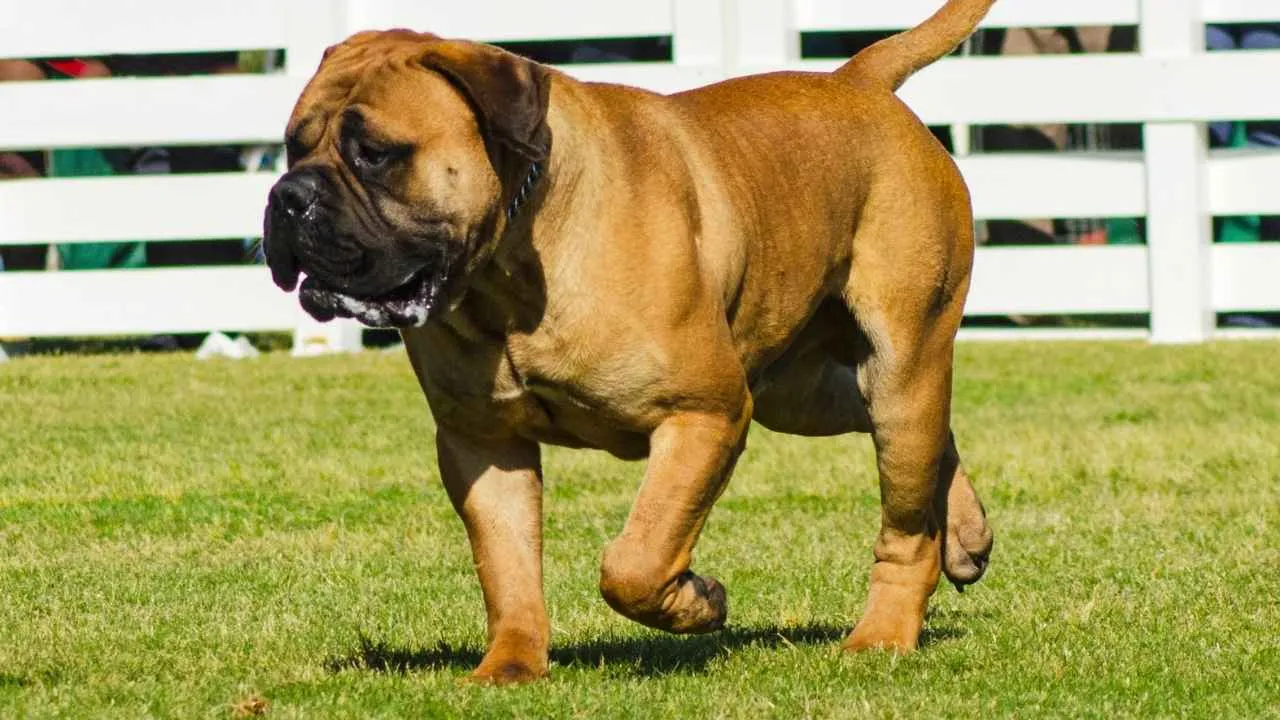
The Bullmastiff, often called the “Gamekeeper’s Night Dog,” originated in England during the 19th century by crossing Bulldogs and Mastiffs to protect estates from poachers.
This massive yet even-tempered guardian is part of the Working Group, standing up to 27 inches tall and weighing between 100 and 130 pounds. The AKC notes that the Bullmastiff is slightly smaller than its close relative, the Mastiff.
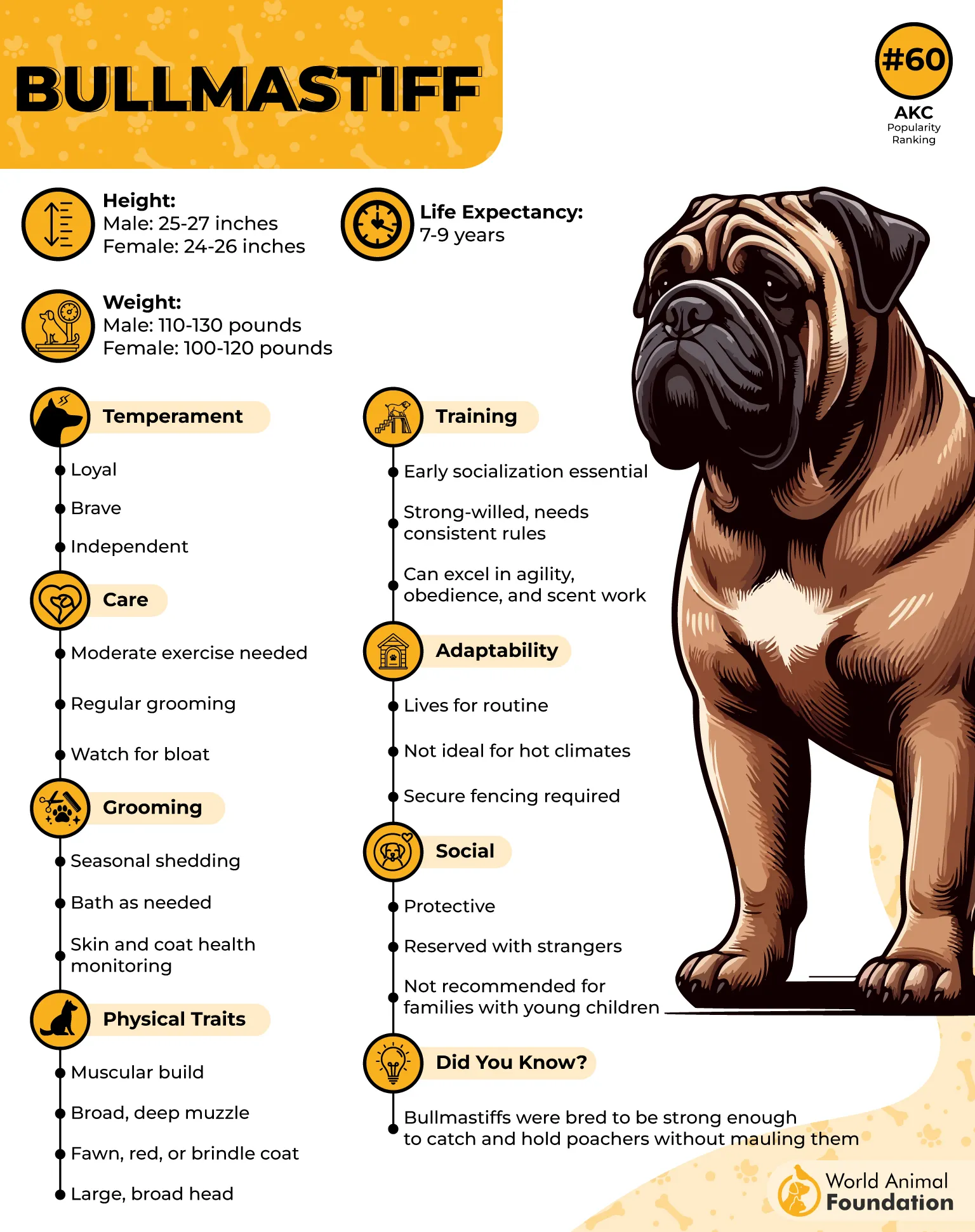
With its muscular frame, broad head, and short, dense coat in fawn, red, or brindle, the Bullmastiff commands respect while maintaining a calm, affectionate demeanor with family. Known for their loyalty and courage, these dogs excel as both protectors and gentle companions, but early training is essential due to their strength and occasional stubbornness.
Their lifespan typically ranges from 7 to 9 years, and while they bond deeply with their families, they may be reserved around strangers and wary of other dogs without proper socialization.

Exercise
Despite their imposing presence, Bullmastiffs have moderate exercise needs. A daily walk and some supervised yard play are generally enough, as they lack the stamina for long-distance running and prefer steady, controlled activity.
Short bursts of interactive play help maintain muscle tone without overexertion, and access to a secure, fenced area is ideal for safe movement.
Fact: Historically, Bullmastiffs were trained not to bite intruders, but to track and hold them down, earning their reputation as fearless yet disciplined guardians.
2. Doberman Pinscher
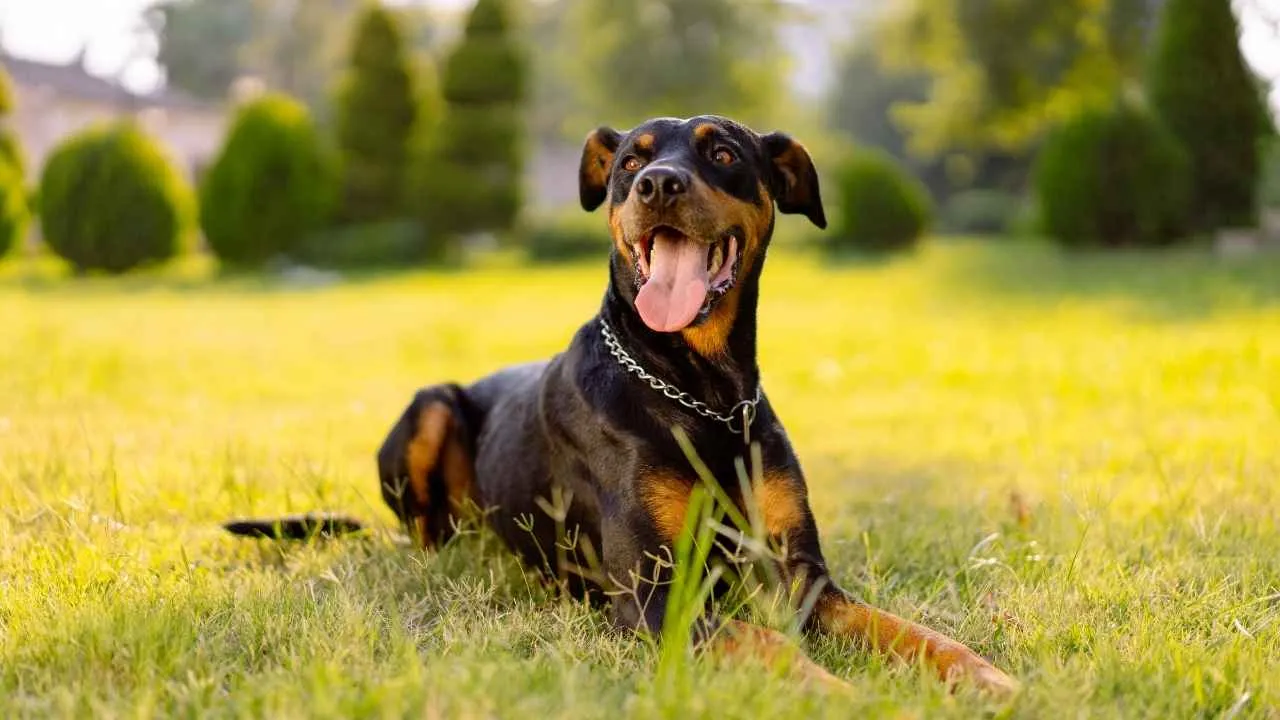
The Doberman Pinscher, also known simply as the Doberman, is a sleek, muscular breed developed in late 19th-century Germany by Karl Friedrich Louis Dobermann as the ultimate protection dog. Britannica reports that they are quiet and playful by nature.
Standing between 24 to 28 inches and weighing 60 to 100 pounds, this striking breed boasts a short, glistening coat in black, blue, red, or fawn, accentuated by rust markings. Its wedge-shaped head, athletic build, and confident stance have earned it a reputation as one of the canine world’s “royalty.”
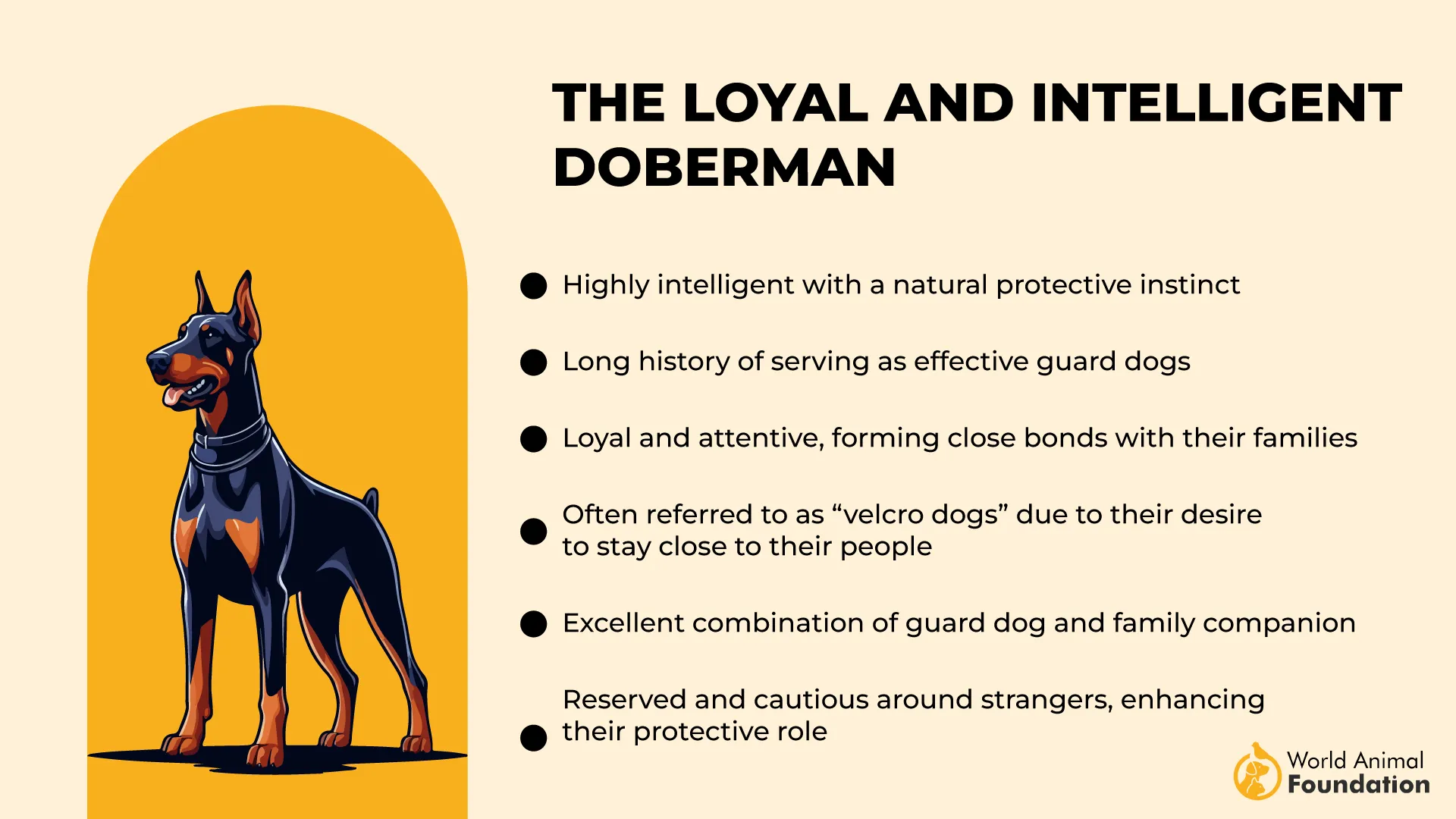
Known for its fearless loyalty and intelligence, the Doberman excels at guarding duties, making it an ideal watchdog for fishing camps or riverside cabins where valuable gear needs safeguarding.
With proper training and socialization, however, they balance vigilance with affectionate devotion to their families.
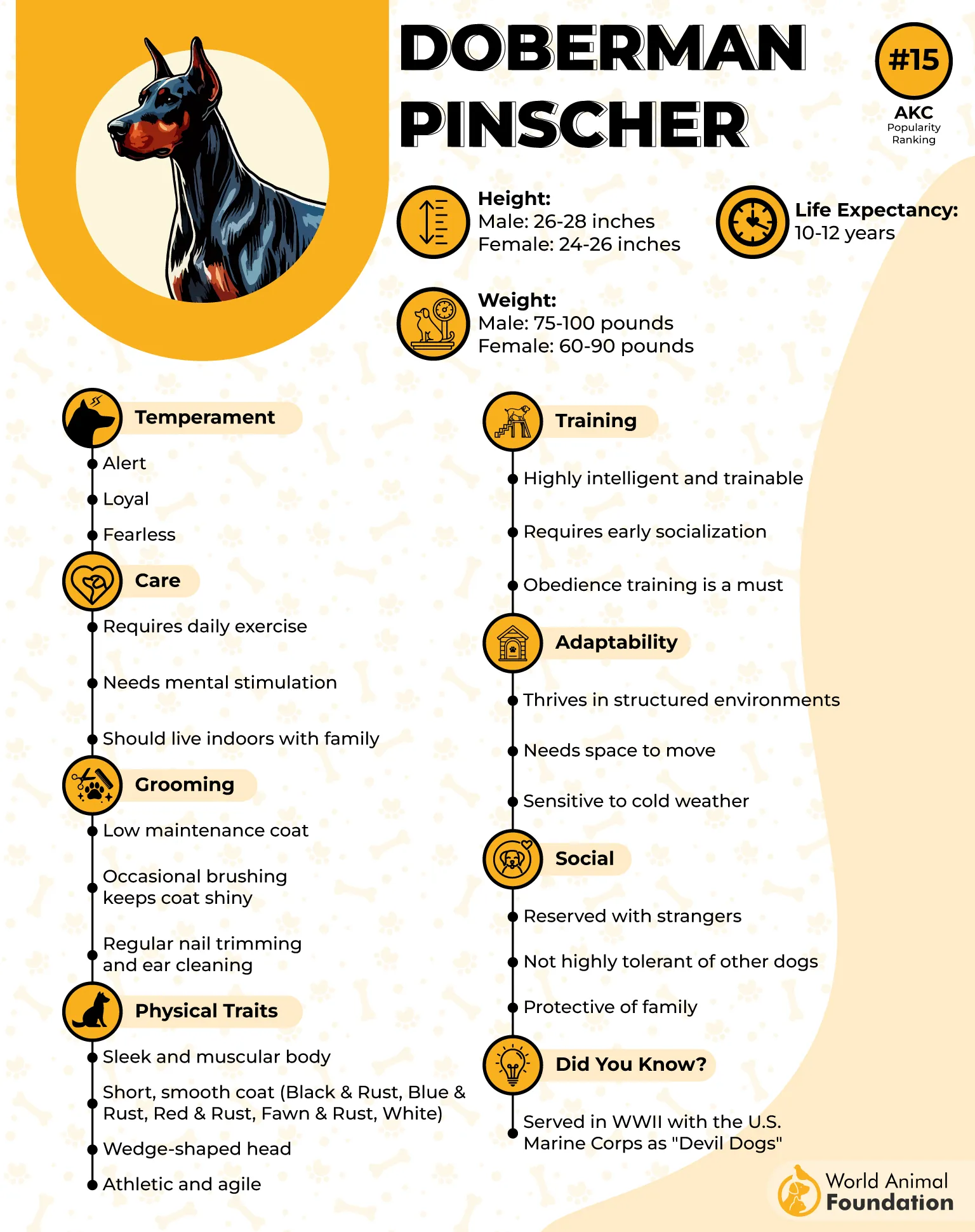
Exercise
Dobermans are energetic and require an active lifestyle to stay mentally sharp and physically fit. They thrive on daily activities such as brisk walks, running, and agility drills, and without sufficient exercise, they may turn to destructive behavior or excessive barking to entertain themselves.
At least 90 minutes of mixed activity per day — from structured training to off-leash play in a secure area — helps keep their powerful minds and bodies satisfied.
Fun fact: The Doberman is ranked as one of the five smartest dog breeds in the world, making it as clever as it is courageous.
3. German Shepherd
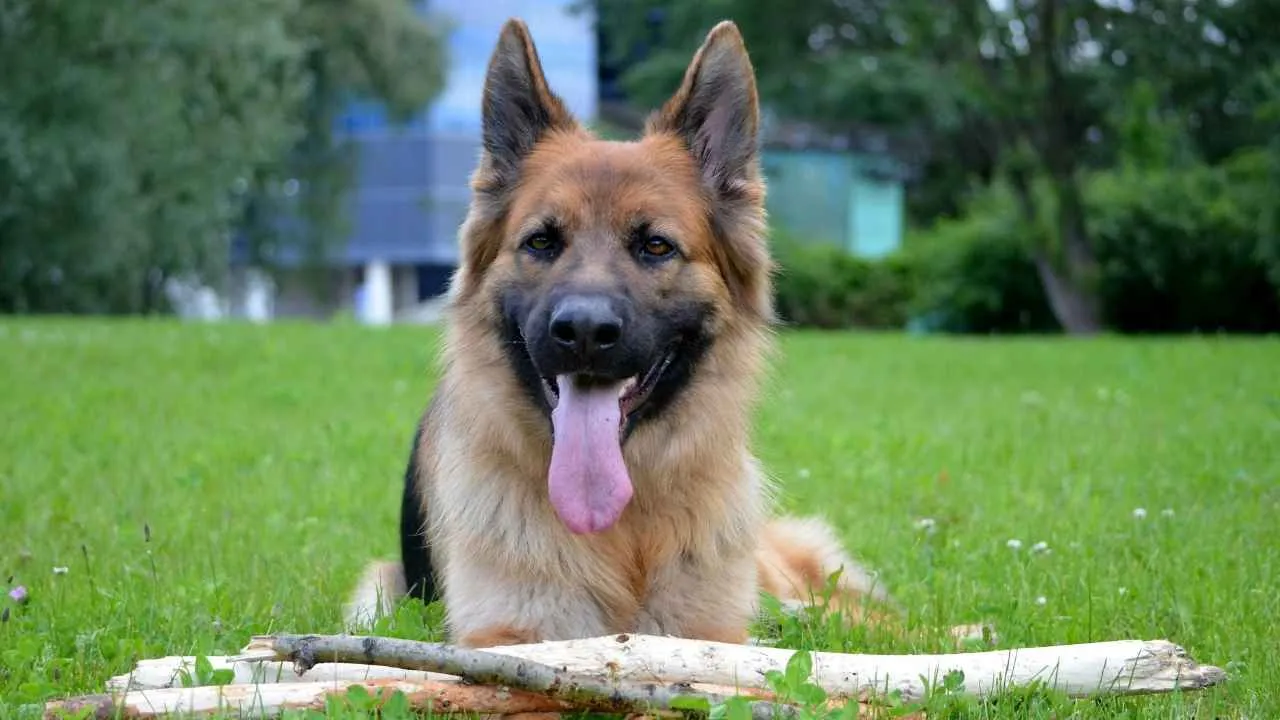
The German Shepherd, also called the Alsatian, is renowned for its intelligence and steadfast nature. Bred in late 19th-century Germany to herd sheep, this versatile dog quickly became indispensable in police, military, and rescue work.
Standing 22–26 inches and weighing 50–90 pounds, the breed is muscular, agile, and loyal. With a noble outline and a smooth, effortless trot, the German Shepherd combines elegance with power.
It belongs to the herding group and has a life span of 9–13 years, thriving best with purpose-driven tasks and structured guidance. PetMD notes that German Shepherds are big, agile, strong, highly intelligent, and deeply loyal dogs.

Exercise
German Shepherds are high-energy and require ample physical and mental stimulation. Long walks, riverside runs, or structured activities like obedience drills keep them sharp and prevent restlessness. Without regular exercise, they may channel their energy into unwanted behaviors—consistent engagement is key to a balanced temperament.
Fun Fact: Despite their working-dog toughness, German Shepherds have a natural “aloofness,” meaning they don’t immediately befriend strangers but remain fiercely devoted to their families.
4. Cane Corso
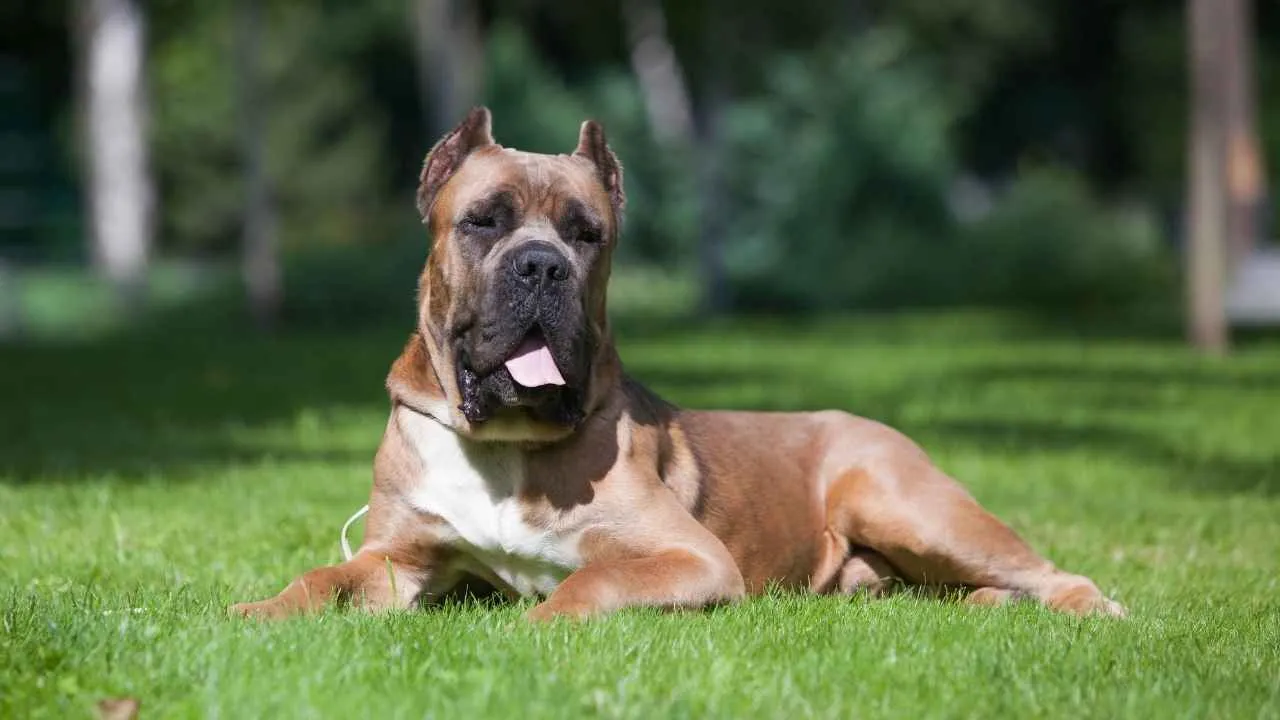
The Cane Corso, also called the Italian Mastiff, is a formidable guardian with roots tracing back to ancient Rome. Once a war dog and later a protector of farms and estates, this breed’s legacy of vigilance is unmatched.
Towering up to 28 inches at the shoulder and weighing over 100 pounds, its broad head, muscular frame, and intense gaze are enough to deter intruders before they take a step.
Known for its intelligence, loyalty, and strong will, the Cane Corso thrives with experienced handlers who can offer structure and training. Its short, sleek coat comes in shades like black, gray, and chestnut brindle, adding to its imposing elegance.
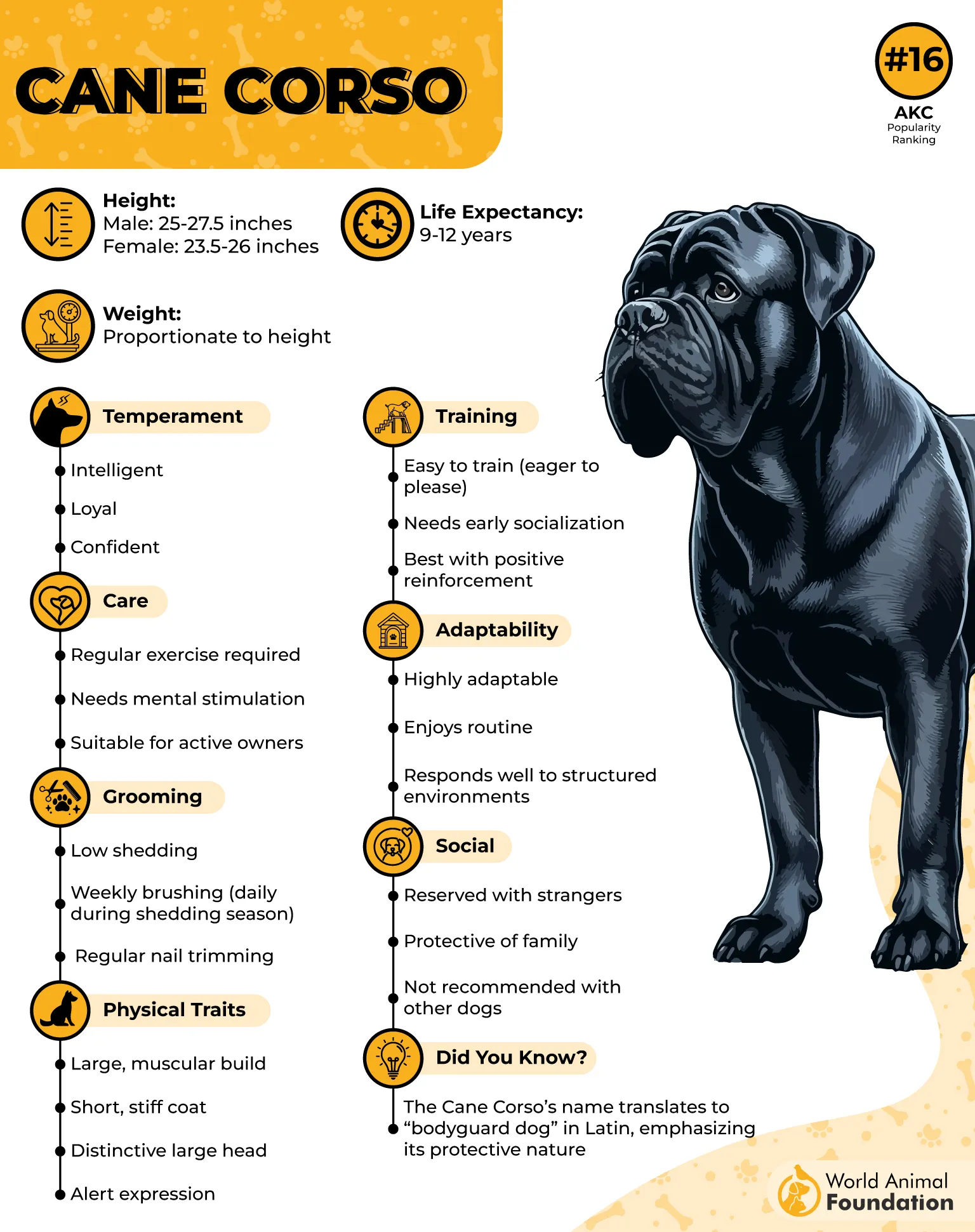
Exercise
This is not a breed for the sedentary. Cane Corsos demand regular, vigorous activity to maintain their strength and sharp minds. Daily walks, structured play, and mentally stimulating tasks are essential—without them, their energy can become misdirected.
Did you know? The name “Cane Corso” roughly translates from Latin as “bodyguard dog,” perfectly capturing its historic purpose.
5. Rottweiler
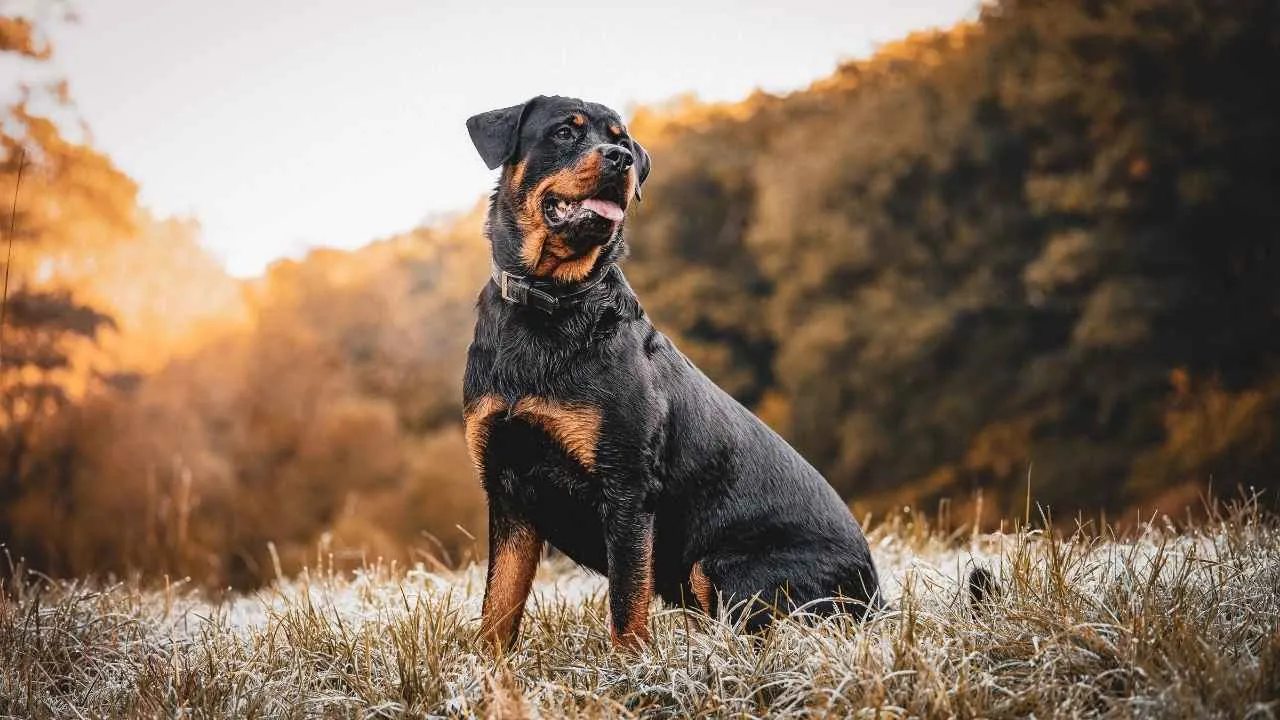
The Rottweiler, often called the “Rottie,” traces its roots to Roman mastiffs that once herded cattle and hauled goods for butchers in medieval Europe. Nearly lost to history in the early 1900s, this breed rebounded and became a trusted presence in law enforcement and even assisted during 9/11 rescue missions.
Standing about 24–27 inches for males and slightly less for females, they weigh between 80–135 pounds, their muscular frames cloaked in short black coats with striking rust markings.
Known for their keen intelligence and calm confidence, they’re equally capable as loyal family protectors and steadfast guardians of riverside fishing gear.
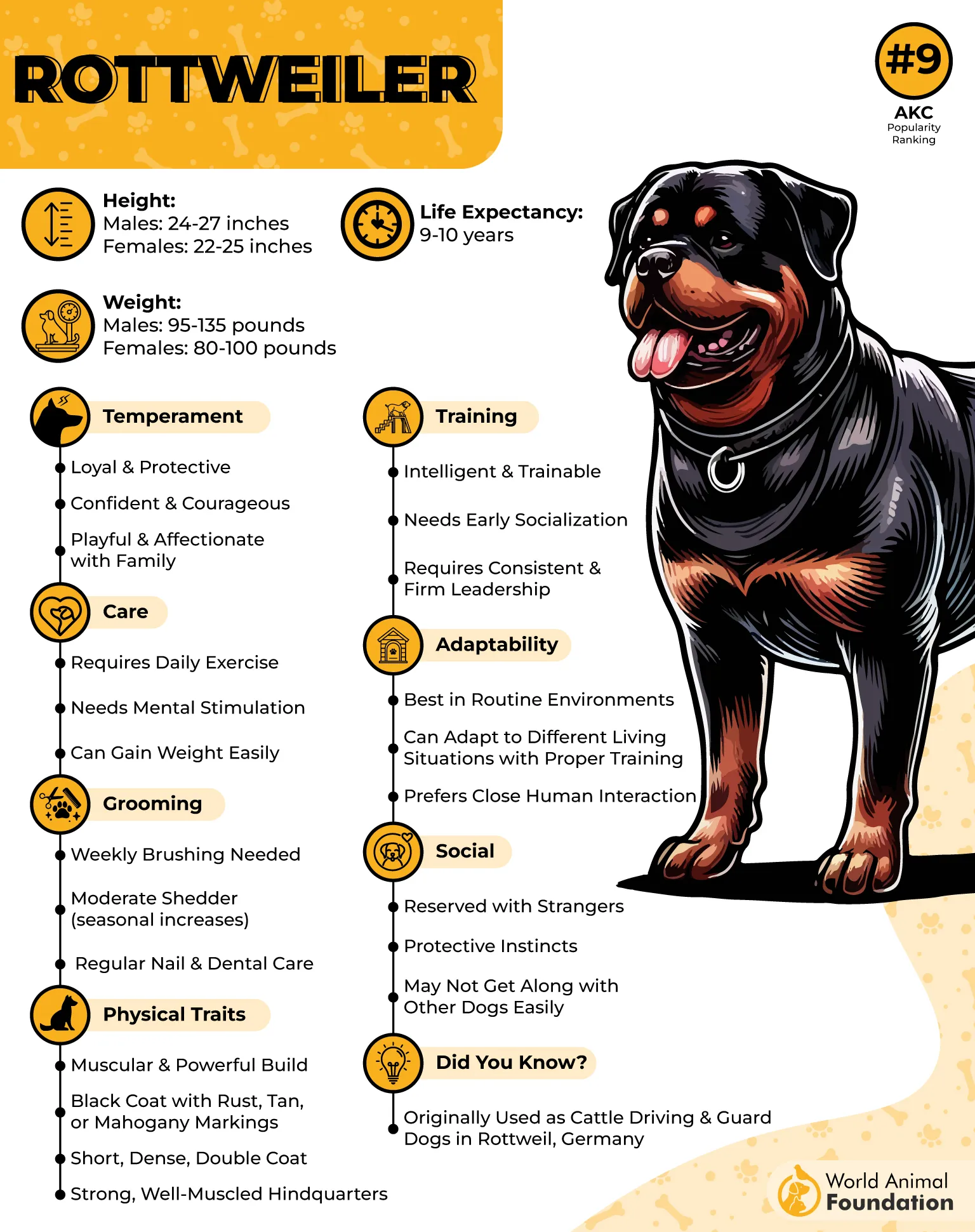
Exercise
Rottweilers aren’t content with a lazy routine—they require at least 60 minutes of daily physical activity to thrive. This can include long walks, structured play, or even working tasks that engage both body and mind. Without this stimulation, they can become restless or destructive, so mental challenges like puzzle toys or obedience drills are just as important as cardio.
Fact: Despite their imposing look, many Rotties still think they’re lap dogs and will happily sprawl across you for a cuddle.
6. Belgian Malinois
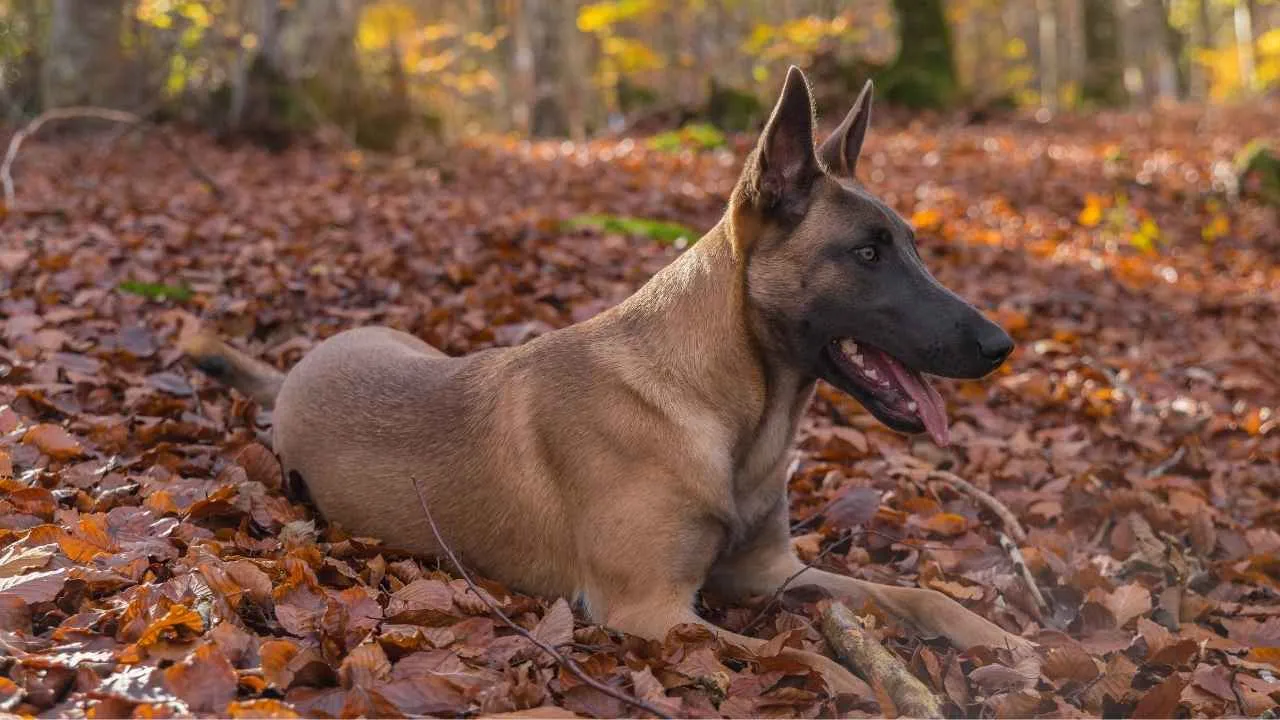
The Belgian Malinois, sometimes called the “Mal,” is a sleek, squarely built herding breed renowned for its sharp mind and devotion. Originally developed in Belgium for livestock work, this alert dog now serves as a top-tier protector for military, police, and outdoor enthusiasts alike.
Standing 22–26 inches at the shoulder and weighing between 40–80 pounds, the Malinois is lighter and faster than its German Shepherd cousin, yet equally formidable.
Its hallmark black mask and fawn-to-mahogany coat give it a distinctive, vigilant appearance—perfect for patrolling riverbanks. With a lifespan of 14–16 years, it’s an enduring companion for those who can match its energy.
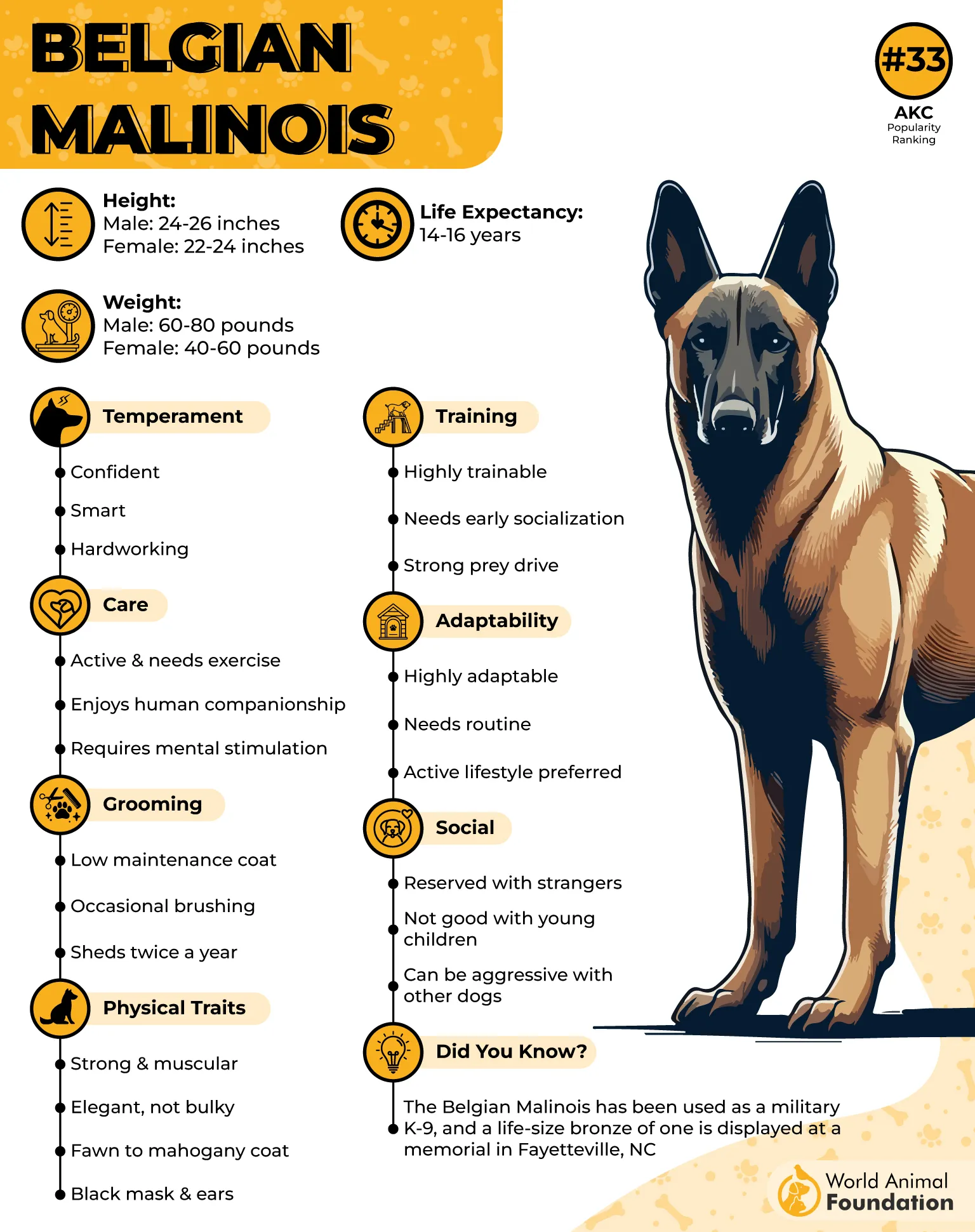
Exercise
Daily strolls won’t suffice for this powerhouse. Belgian Malinois need rigorous activity—think long-distance runs, agility drills, or even advanced training exercises.
They thrive on challenges and are happiest when working alongside their owner, channeling their boundless energy into purposeful tasks like guarding gear or trailing along rugged riversides.
Interesting Fact: The Belgian Malinois famously aided in the operation that brought down Osama bin Laden—a testament to its exceptional skill and loyalty.
7. Giant Schnauzer
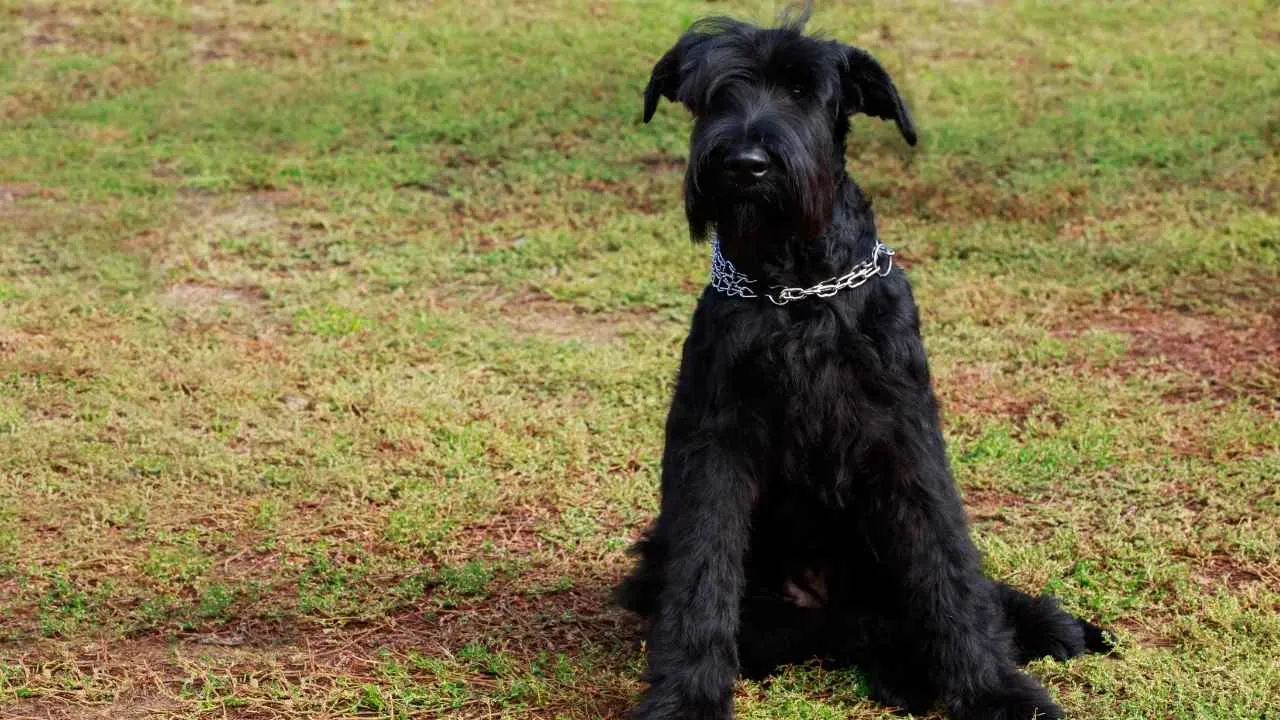
Known also as the Riesenschnauzer, the Giant Schnauzer hails from Germany and was originally developed as a multipurpose farm dog to herd cattle and guard property.
Larger and more imposing than the Standard Schnauzer, this robust breed can reach up to 27.5 inches in height and weigh around 95 pounds, with a striking double coat in either jet black or “pepper and salt.”
Its signature bearded muzzle and arched eyebrows give it a sharp, intelligent expression, befitting its long history as a police, military, and search-and-rescue dog. Bold yet devoted, the Giant Schnauzer thrives as a protective companion for those ready to meet its needs.
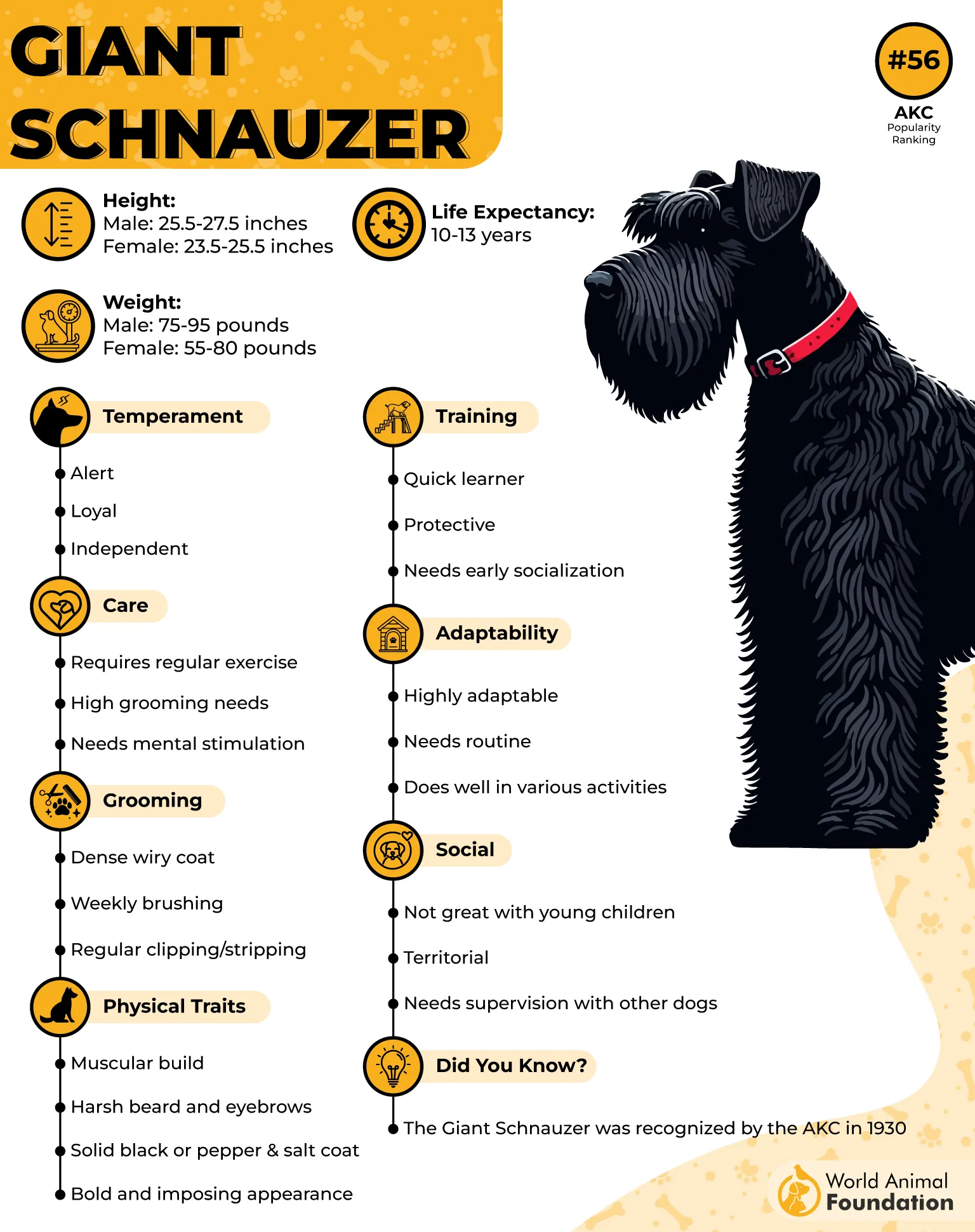
Exercise
Giants are high-energy workers who demand both physical and mental engagement. Daily long walks, energetic play sessions, or vigorous yard games are essential to keep them balanced. Without this consistent outlet, their strength and intelligence may turn into restless mischief.
Fun Fact: The Giant Schnauzer isn’t just a guard dog—it has even served as a guide dog, showcasing its remarkable versatility.
Conclusion
Dogs have always been more than just pets—they’re partners, protectors, and helpers, even in the most demanding environments like riversides and marshes. Certain breeds are not only watchful of fishing gear but are also naturally obedient and eager to lend a paw, ensuring your catch and tools stay safe.
From staying at your feet to keeping an alert eye on the surroundings, these loyal pups bring both companionship and practicality to outdoor adventures, embodying generations of breeding for hunting and guarding instincts.
Many of these breeds share traits with dogs like the Labrador Retriever, an excellent bird dog known to fetch and even point birds with precision. Lesser-seen but equally capable breeds, such as the Irish Water Spaniel or the Nova Scotia Duck Tolling Retriever, are naturals around water and have been raised for tasks that require intelligence, focus, and fearlessness—even when faced with wildlife like bears. Their watchful sight and steady dedication make them irreplaceable riverside guardians.


